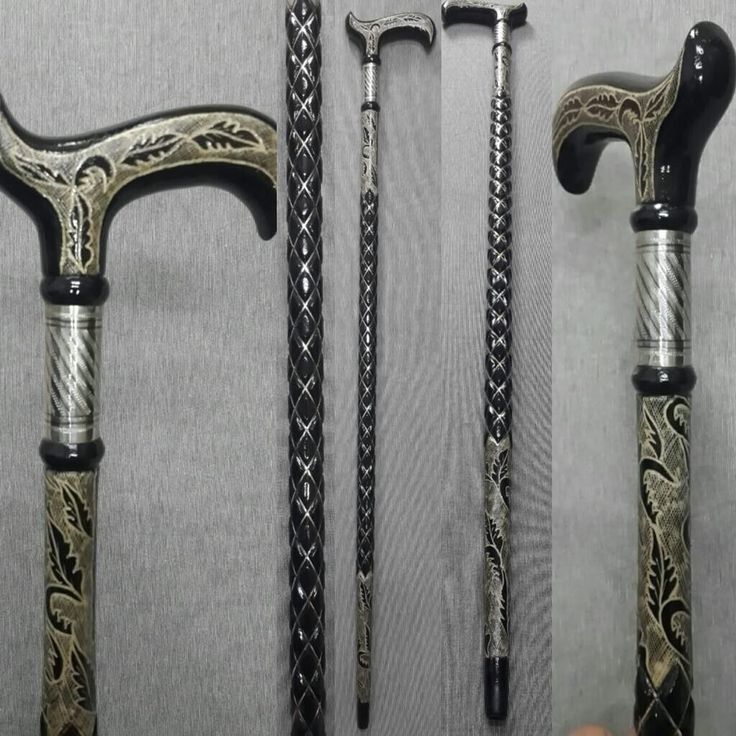
Latest Updates
Featured Posts
Get in Touch
123 Innovation Street
Tech District, CA 94105
[email protected]
+1 (234) 567-890
The History of Walking Sticks: A Melbourne Perspective
Walking sticks have long served as more than just a tool for mobility; they are symbols of status, artistry, and even cultural identity walking sticks melbourne. In Melbourne, a city known for its vibrant history and diverse population, the evolution of walking sticks tells a fascinating story that reflects broader social changes and artistic movements.

Early Uses and Significance
Walking sticks date back thousands of years, used by ancient civilizations for support, balance, and as a sign of authority. In Australia, Indigenous peoples have used various forms of walking sticks for hunting and gathering, each crafted from local materials and imbued with cultural significance.
In the 19th century, as Melbourne grew from a fledgling settlement to a thriving metropolis, walking sticks began to take on a more decorative role. The influx of European immigrants brought diverse craftsmanship techniques, leading to the creation of unique and ornate designs that showcased the artistry of the time.
The Victorian Era: A Boom in Style
The Victorian era marked a peak in the popularity of walking sticks, especially among the upper classes. In Melbourne, this period saw the establishment of numerous boutiques specializing in fine craftsmanship. Walking sticks became fashion statements, often made from exotic woods and adorned with silver or gold fittings.
This era also saw the introduction of canes with hidden compartments, a reflection of the secretive and sometimes scandalous society of the time. Wealthy Melburnians often carried canes not only for support but also as a symbol of their social standing and refinement.
The Art of Canework
As the 20th century approached, the craft of canework blossomed in Melbourne. Artisans began experimenting with different materials and techniques, creating walking sticks that were as much works of art as they were functional objects.
Local markets and craft fairs showcased these unique creations, often inspired by Melbourne’s rich artistic scene. Canes became personalized, reflecting the identity of their owners—whether they were adorned with local motifs, colors, or even inscriptions that held personal significance.
Walking Sticks in Modern Melbourne
Today, walking sticks continue to evolve in Melbourne. While they still serve their original purpose, many contemporary designs prioritize ergonomics and functionality without sacrificing style. The city’s design community has embraced sustainable practices, using reclaimed wood and eco-friendly materials in cane production.
Moreover, the rise of inclusive design has influenced walking stick creation, with an emphasis on accessibility and comfort for people of all ages and abilities. This shift reflects Melbourne’s commitment to being a city that values diversity and inclusion.
Cultural Symbolism and Community
Walking sticks also hold cultural significance in Melbourne's multicultural landscape. Various communities have their own traditions surrounding walking sticks, whether they’re used in ceremonies, as part of traditional attire, or as a means of storytelling.
Festivals and events in Melbourne often celebrate these traditions, bringing together artisans and community members to share their stories and craftsmanship. Walking sticks have thus become not just personal accessories but also communal artifacts that tell the stories of the city’s rich tapestry of cultures.
Conclusion
The history of walking sticks in Melbourne is a testament to the city’s evolution, reflecting broader social changes, artistic movements, and cultural identities. From practical tools of mobility to stylish accessories and cultural symbols, walking sticks continue to hold a special place in the hearts of Melburnians.
 Robyn Young
Robyn Young